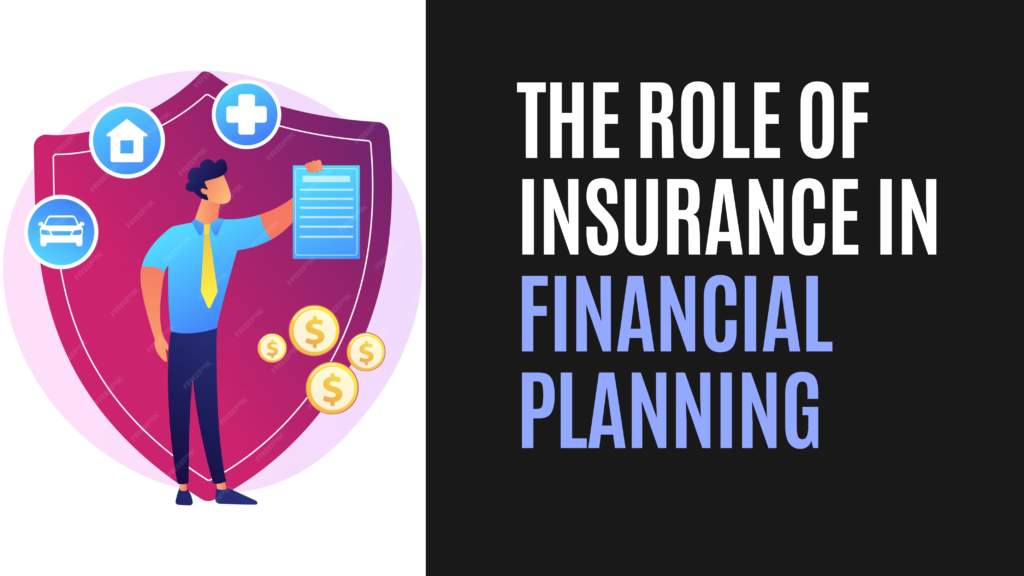All about Pacific Prime
All about Pacific Prime
Blog Article
The 15-Second Trick For Pacific Prime
Table of ContentsThe 5-Second Trick For Pacific PrimeLittle Known Questions About Pacific Prime.The Pacific Prime IdeasAbout Pacific PrimeExcitement About Pacific Prime

This is due to the fact that the data were gathered for a duration of strong financial efficiency. Of the estimated 42 million people who were uninsured, all however concerning 420,000 (concerning 1 percent) were under 65 years of age, the age at which most Americans end up being qualified for Medicare; 32 million were grownups in between ages 18 and 65, about 19 percent of all adults in this age group; and 10 million were youngsters under 18 years old, about 13.9 percent of all children (Mills, 2000).
These quotes of the number of individuals uninsured are produced from the yearly March Supplement to the Existing Populace Study (CPS), conducted by the Census Bureau. Unless otherwise noted, national quotes of individuals without medical insurance and percentages of the populace with various kinds of protection are based on the CPS, the most commonly utilized resource of price quotes of insurance policy protection and uninsurance rates.
Getting My Pacific Prime To Work

Still, the CPS is especially valuable since it creates annual price quotes fairly swiftly, reporting the previous year's insurance protection approximates each September, and because it is the basis for a consistent set of quotes for greater than two decades, enabling for analysis of patterns in insurance coverage gradually. For these reasons, along with the substantial use of the CPS in various other research studies of insurance protection that exist in this record, we depend on CPS estimates, with constraints noted.

The estimate of the number of uninsured people increases when a population's insurance standing is tracked for several years. Over a three-year period starting early in 1993, 72 million people, 29 percent of the united state populace, were without insurance coverage for at the very least one month. Within a solitary year (1994 ), 53 million individuals experienced at least a month without coverage (Bennefield, 1998a)
Six out of every ten without insurance adults are themselves utilized. Working does boost the possibility that one and one's household members will have insurance policy, it is not an assurance. Also members of family members with two full time breadwinner have practically a one-in-ten opportunity of being uninsured (9.1 percent without insurance price) (Hoffman and Pohl, 2000).
Things about Pacific Prime
New immigrants make up a considerable proportion of people without health and wellness insurance. One analysis has attributed a considerable section of the recent growth in the size of the U.S. uninsured population to immigrants who showed up in the nation in between 1994 and 1998 (Camarota and Edwards, 2000). Current immigrants (those that pertained to the USA within the previous 4 years) do have a high price of being without insurance (46 percent), however they and their kids represent simply 6 percent of those without insurance coverage country wide (Holahan et al., 2001).
The relationship between health insurance and access to care is well developed, as recorded later on in this chapter. Although the connection between health and wellness insurance coverage and health and wellness results is neither straight nor easy, an extensive medical and health and wellness services study literary works links health and wellness insurance coverage to enhanced access to care, better high quality, and improved personal and population health status.
Degrees of analysis for checking out the effects of uninsurance. It focuses especially on those without any type of wellness insurance policy for any kind of length of time.
Unknown Facts About Pacific Prime
The issues dealt with by the underinsured are in some areas comparable to those dealt with by the without insurance, although they are typically less extreme. Health insurance, nevertheless, is neither required neither sufficient to obtain access to clinical services. The independent and straight result of health and wellness insurance policy coverage on accessibility to health and wellness solutions is well established.
Others will certainly obtain the healthcare they need even without wellness insurance coverage, by spending for link it out of pocket or seeking it from companies that provide treatment free or at extremely subsidized prices. For still others, health insurance coverage alone does not ensure receipt of treatment due to other nonfinancial barriers, such as an absence of healthcare companies in their area, limited accessibility to transport, illiteracy, or linguistic and cultural distinctions.
Pacific Prime Things To Know Before You Get This
Formal research study concerning without insurance populations in the United States dates to the late 1920s and early 1930s when the Committee on the Cost of Healthcare created a collection of records concerning funding medical professional workplace visits and hospitalizations. This issue became salient as the varieties of clinically indigent climbed up throughout the Great Anxiety.
Report this page